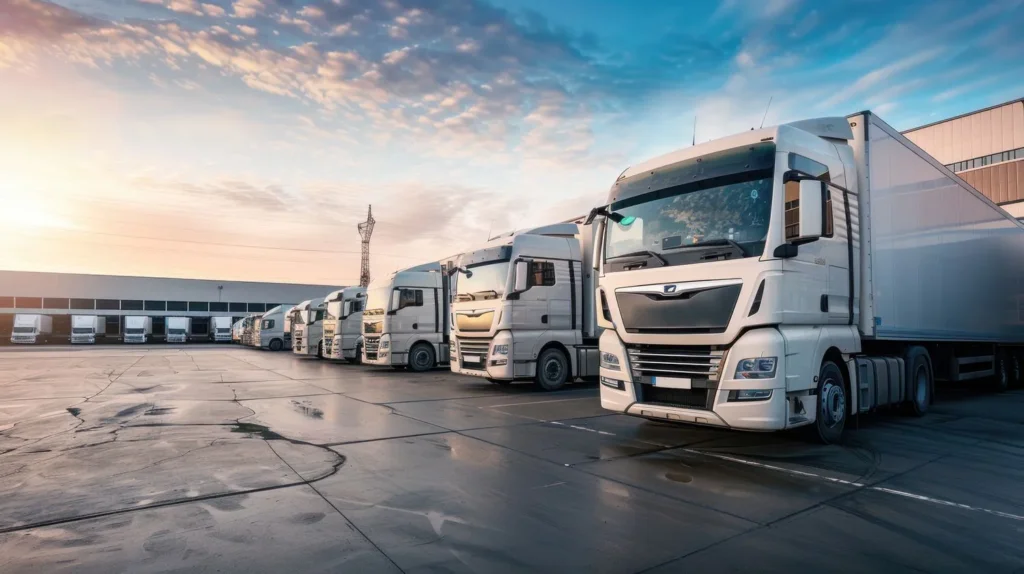According to the latest data, battery electric HGVs spend twice as much time in garages than formerly calculated, a study conducted by the Dutch trade association BOVAG found.
The latest BOVAG Truck Onderzoek 2022 survey on the impact of electrification on after-sales services came to the conclusion that the maintenance requirements for an electric HGV are about 35 per cent lower than for a diesel vehicle. In a similar comparative study conducted in 2019, the authors assumed that this figure would be in the range of 65 per cent.
The adjustment was made after BOVAG received data on the operation of electric lorries and buses, which are becoming more and more popular in the Netherlands. Currently, there are about 300 electric HGVs registered in the country and an extensive fleet of electric buses – the increasing number of e-vehicles provides a better insight into their maintenance needs.
“It turns out that the first generation of electric trucks and buses still poses challenges in terms of quality, so there is relatively a lot of work being done on these vehicles. Combined with the expected growth of the truck fleet, this guarantees a further increase in the number of working hours in 2023 and 2024. With the current shortage of qualified technical staff, it will be difficult for truck maintenance companies to do all the work in the coming years,” reads the study.
Lower maintenance costs compared to diesel vehicles are often cited as an important factor in the payback period of an electric truck. However, BOVAG explains in the report that maintenance requirements for HGVs and buses matter more in terms of cost than for passenger cars.
The main factors cited are “the relatively large labour component in after-sales costs and the fact that maintenance and repairs are more closely tied to the powertrain.”
At the same time, significant reductions in financial investments in these areas can be expected in the future, and carriers should take into account the increase in costs in the short term due to the high price of spare parts for electric vehicles.
Regarding the prospects for electrification of heavy vehicles, BOVAG said in its report that the supply of electric lorries is growing rapidly, “but the market needs time to absorb these volumes.”





